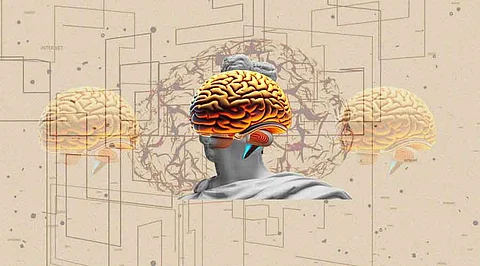

Machine learning, a subset of artificial intelligence, empowers systems to learn and improve from experience autonomously. At the core of this transformative field are powerful algorithms that drive the learning process.
Linear regression is a fundamental algorithm used for predicting a continuous outcome based on one or more predictor variables. It establishes a linear relationship between the input features and the target variable, making it a go-to choice for predictive modeling.
Decision trees are versatile algorithms that model decisions based on a set of rules inferred from the data. They are widely employed in classification and regression tasks, providing a transparent and interpretable way to make decisions.
Random Forest is an ensemble learning method that combines multiple decision trees to improve accuracy and robustness. By aggregating the predictions of individual trees, Random Forest mitigates overfitting and enhances generalization.
SVM is a powerful algorithm for both classification and regression tasks. It works by finding the optimal hyperplane that maximally separates different classes in the input space, making it particularly effective in high-dimensional datasets.
KNN is a simple yet effective algorithm for classification and regression. It classifies a data point based on the majority class of its k-nearest neighbors in the feature space, making it intuitive and easy to implement.
Naive Bayes is a probabilistic algorithm based on Bayes' theorem, commonly used for text classification and spam filtering. Despite its simplicity, it often performs remarkably well and is computationally efficient.
K-Means is an unsupervised learning algorithm used for clustering similar data points. It partitions the data into k clusters based on similarity, making it valuable for tasks such as customer segmentation and image compression.
PCA is a dimensionality reduction algorithm that transforms high-dimensional data into a lower-dimensional space. It helps in capturing the most significant variations in the data, making it easier to analyze and visualize.
Neural networks, inspired by the human brain, are the backbone of deep learning. They consist of interconnected nodes organized in layers and are capable of learning complex patterns, making them ideal for tasks such as image recognition and natural language processing.
Gradient Boosting is an ensemble learning technique that builds a series of weak learners sequentially, each correcting the errors of its predecessor. XGBoost and LightGBM are popular implementations of gradient boosting, known for their exceptional performance in various machine learning competitions.
These 10 machine learning algorithms represent the diverse toolkit at the disposal of data scientists and machine learning practitioners. Understanding their strengths and weaknesses is crucial for selecting the right algorithm for a given task. As machine learning continues to advance, these foundational algorithms pave the way for more sophisticated models and applications, driving innovation across various industries.
Join our WhatsApp Channel to get the latest news, exclusives and videos on WhatsApp
_____________
Disclaimer: Analytics Insight does not provide financial advice or guidance on cryptocurrencies and stocks. Also note that the cryptocurrencies mentioned/listed on the website could potentially be scams, i.e. designed to induce you to invest financial resources that may be lost forever and not be recoverable once investments are made. This article is provided for informational purposes and does not constitute investment advice. You are responsible for conducting your own research (DYOR) before making any investments. Read more about the financial risks involved here.
